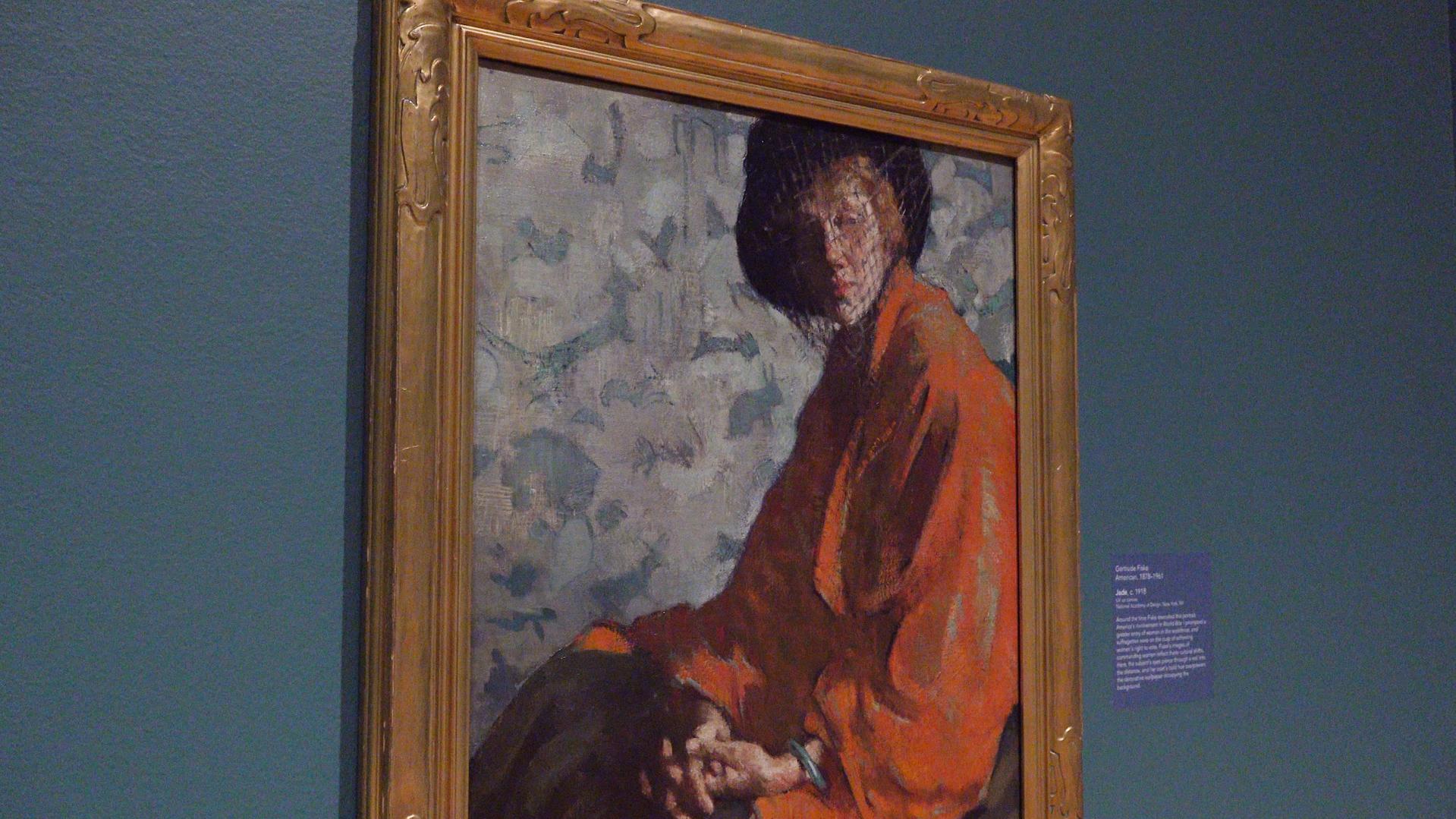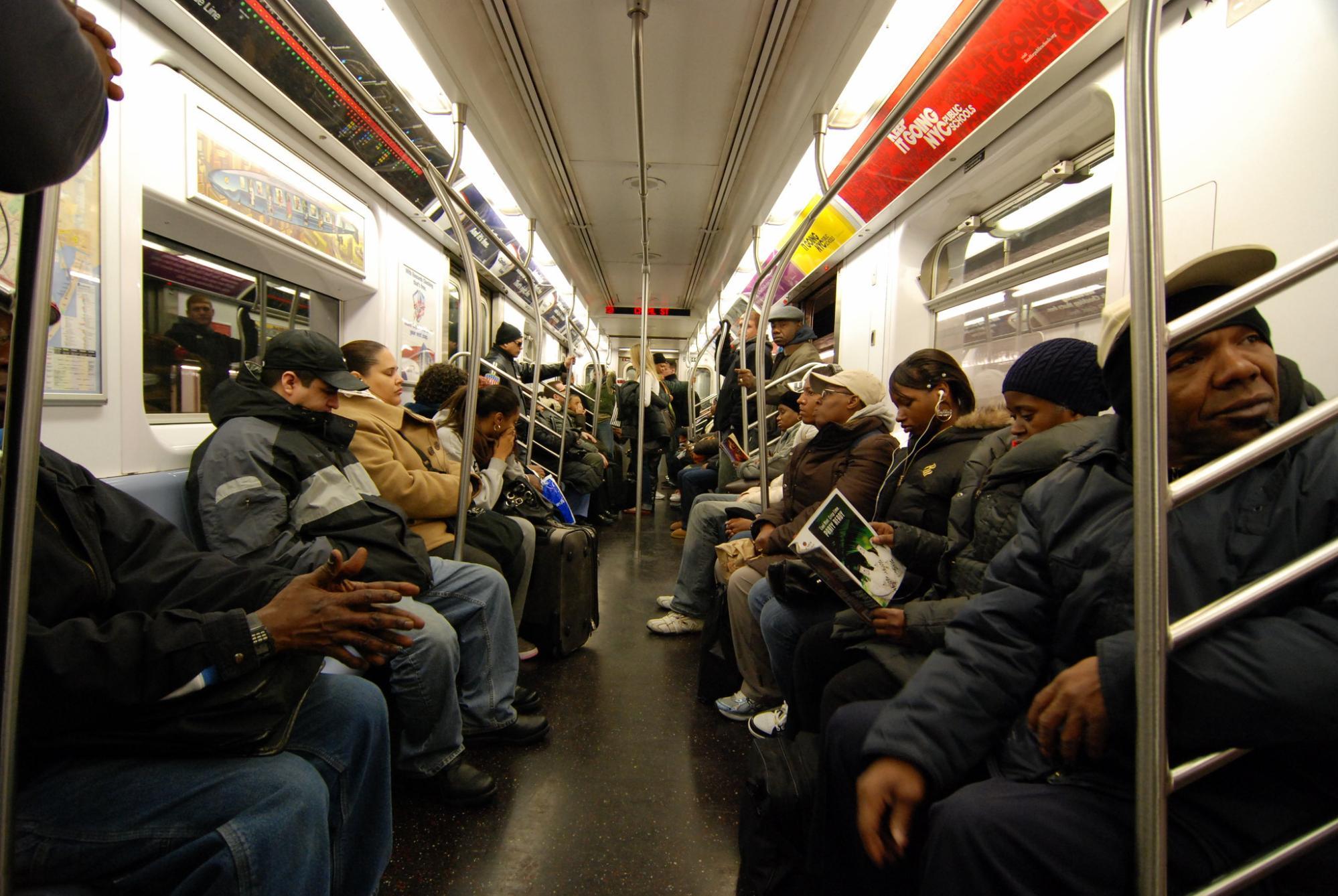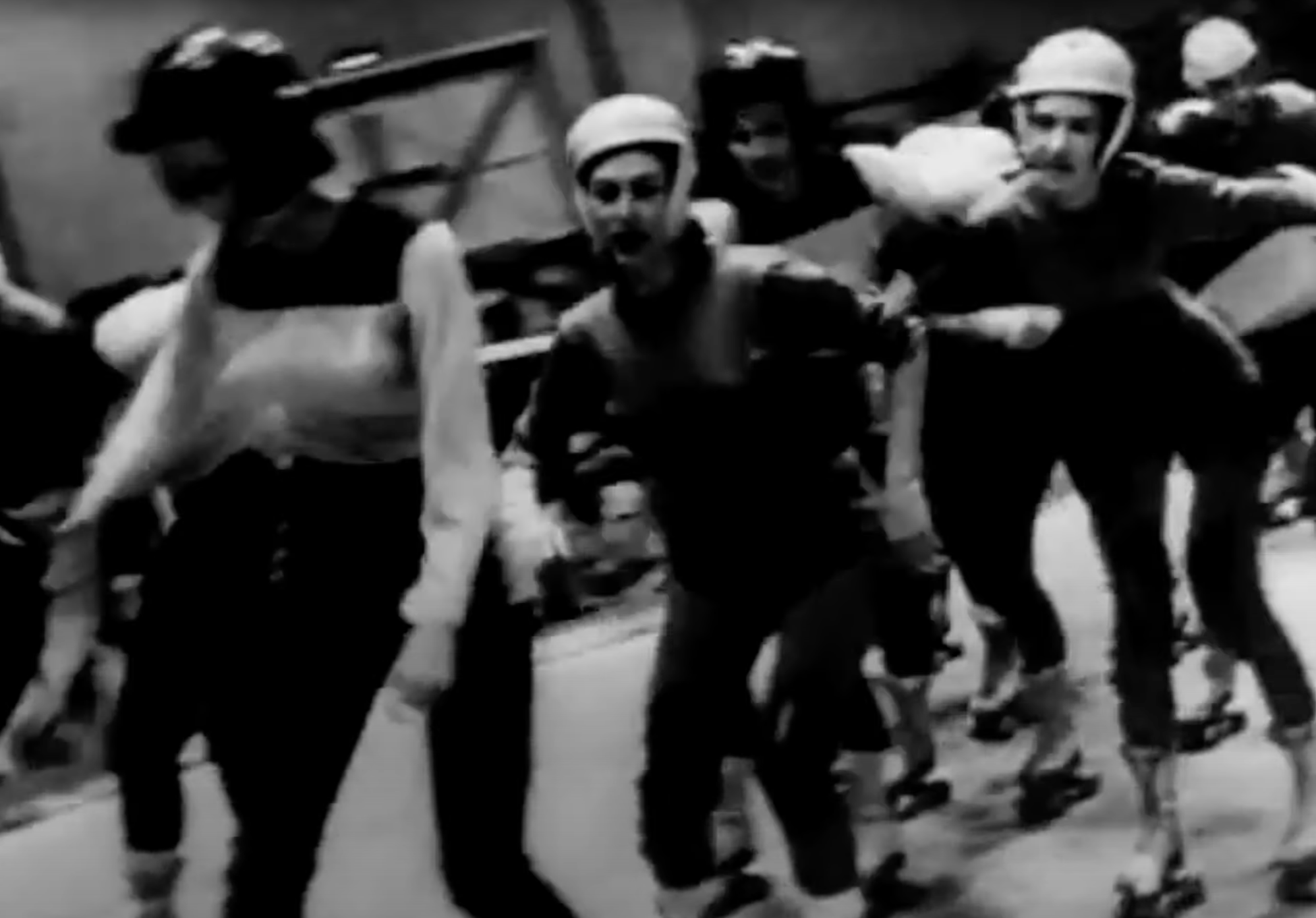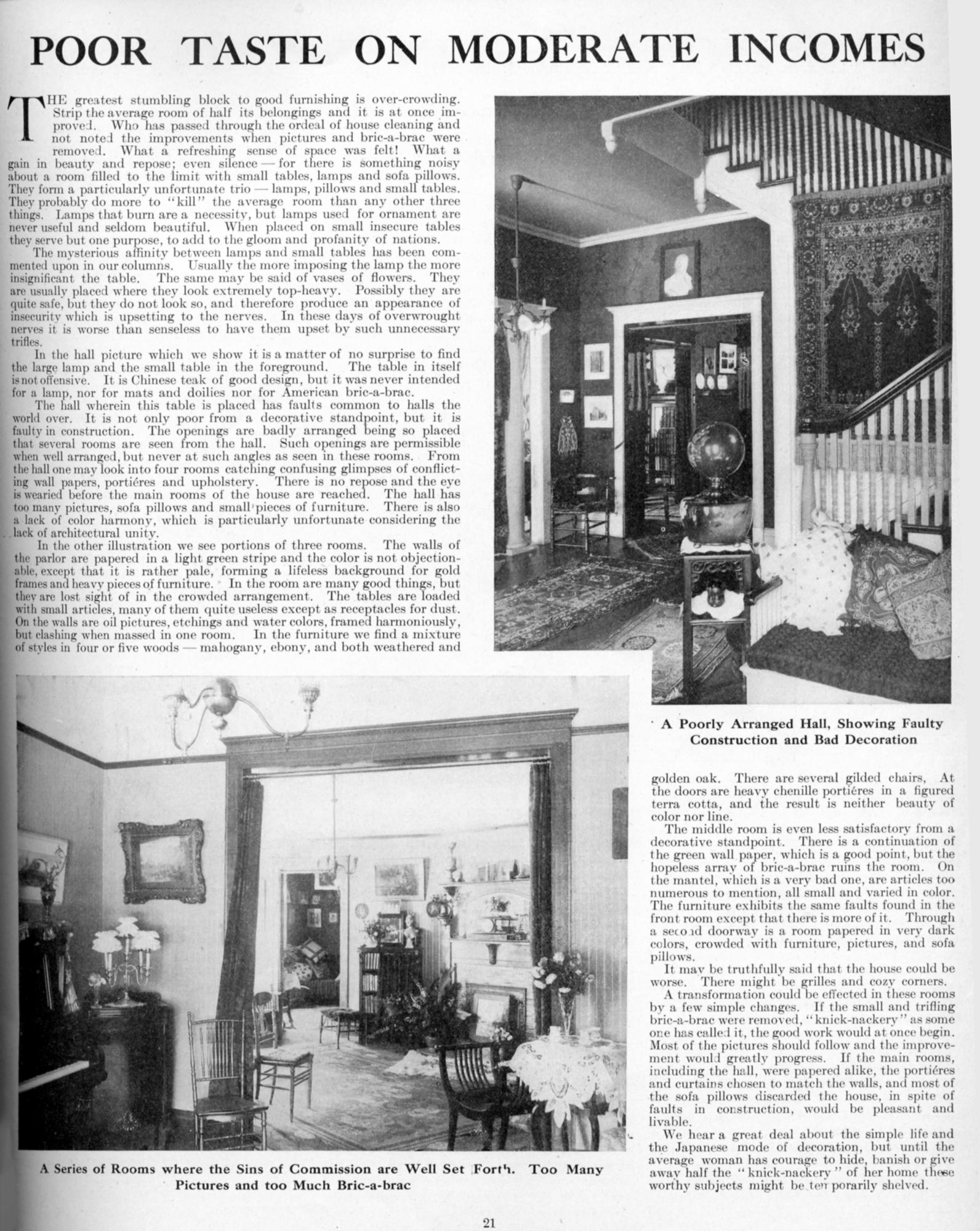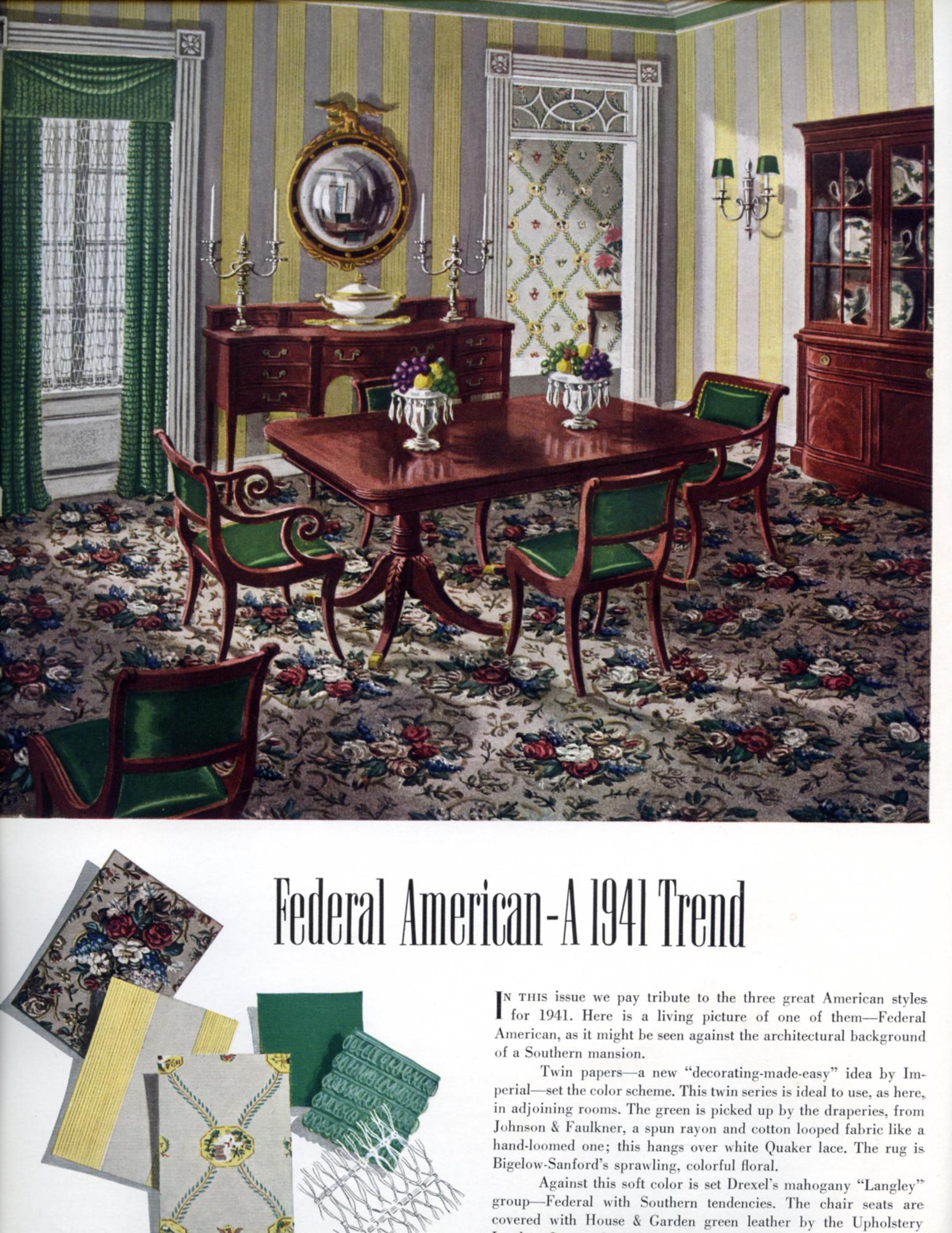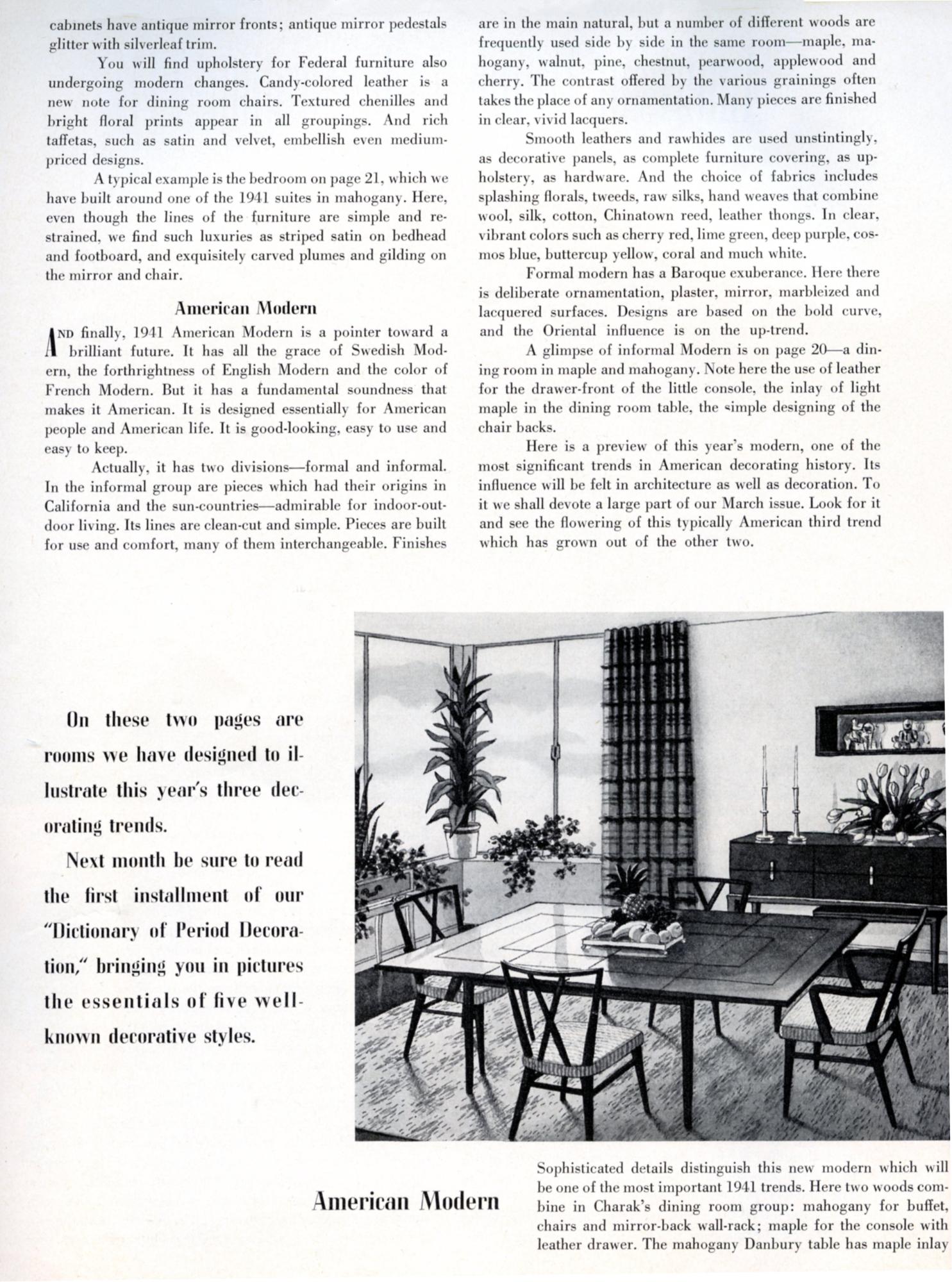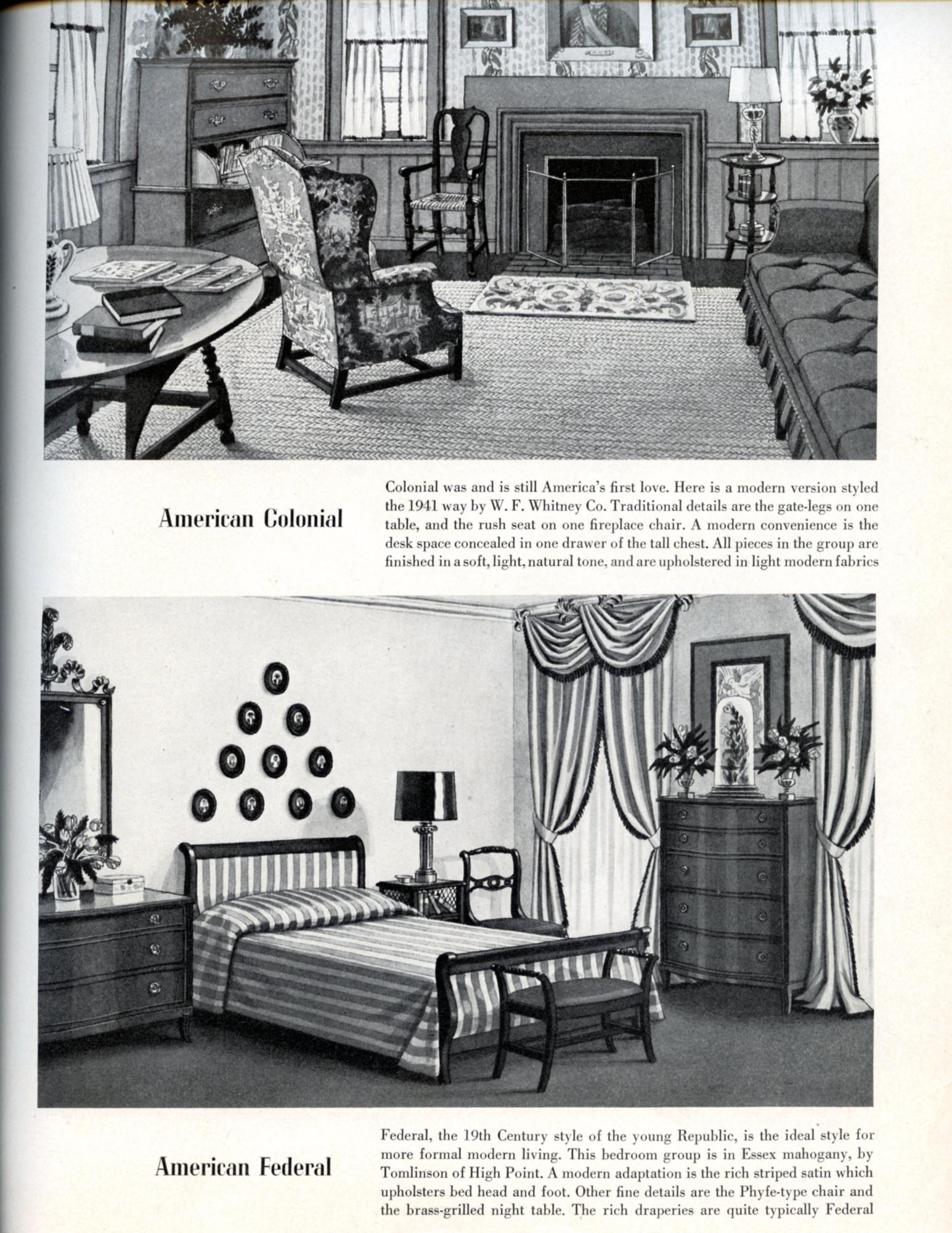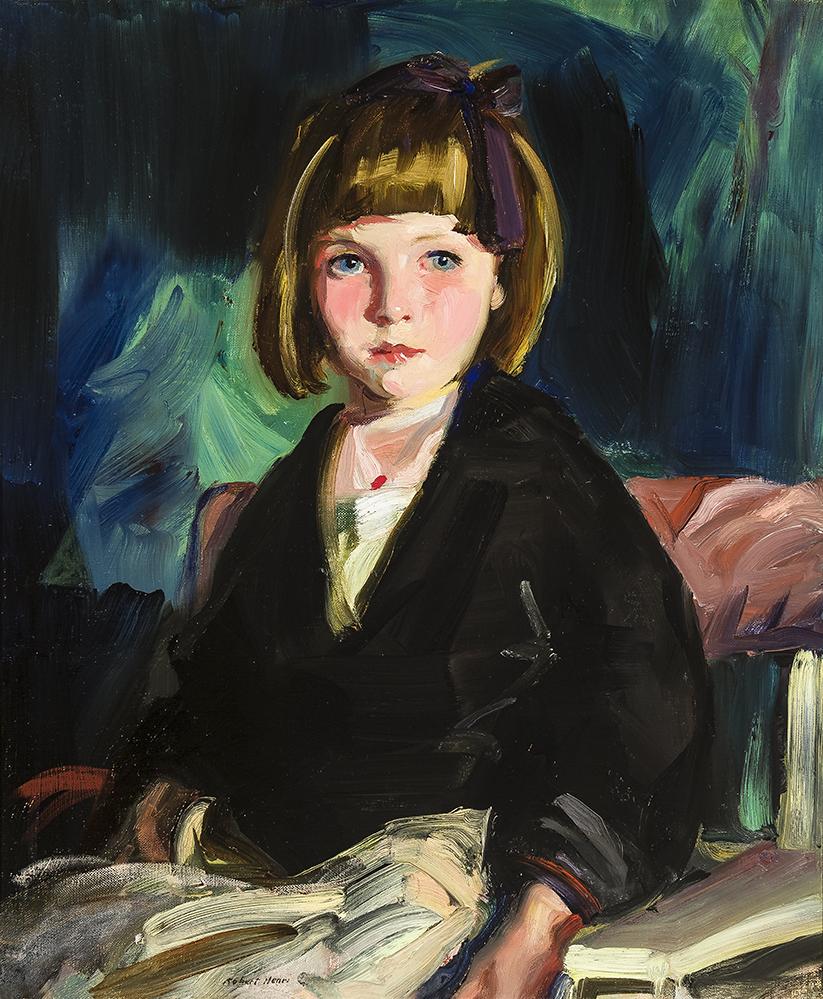Stop 1
Introduction
Gallery 1
Welcome to Interior Lives
Senior Curator Michael Neumeister welcomes you to Interior Lives: Modern American Spaces, 1890–1945.
Stop 2
How the Upper Half Lives
Gallery 1
How The Upper Half Lives
Senior Curator Michael Neumeister introduces the theme for this gallery dedicated to the lifestyles of the middle and upper class of the late 19th and early 20th centuries.
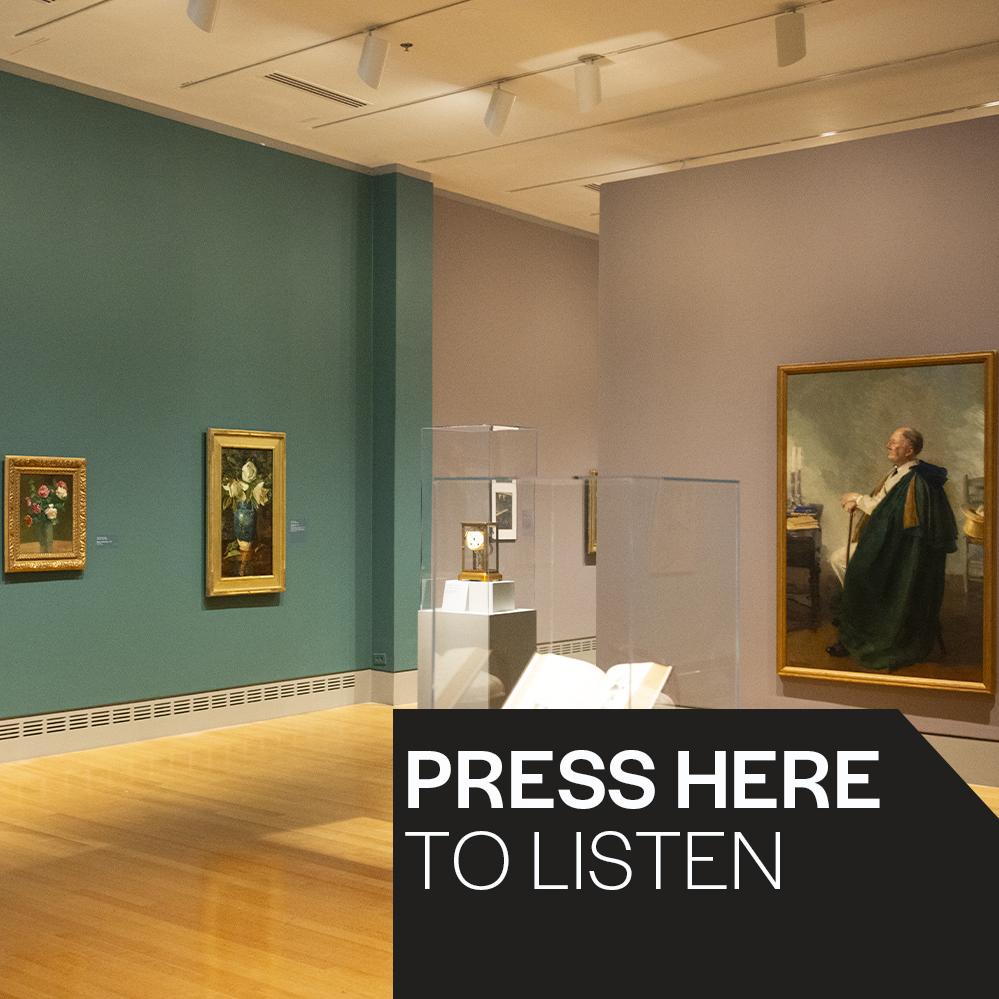
Stop 3
Labor, Leisure, and Liminal Space
Gallery 2
Labor, Leisure, and Liminal Space
Senior Curator Michael Neumeister comments on the transition of class, work, and recreation for Americans at the turn of the 20th century.
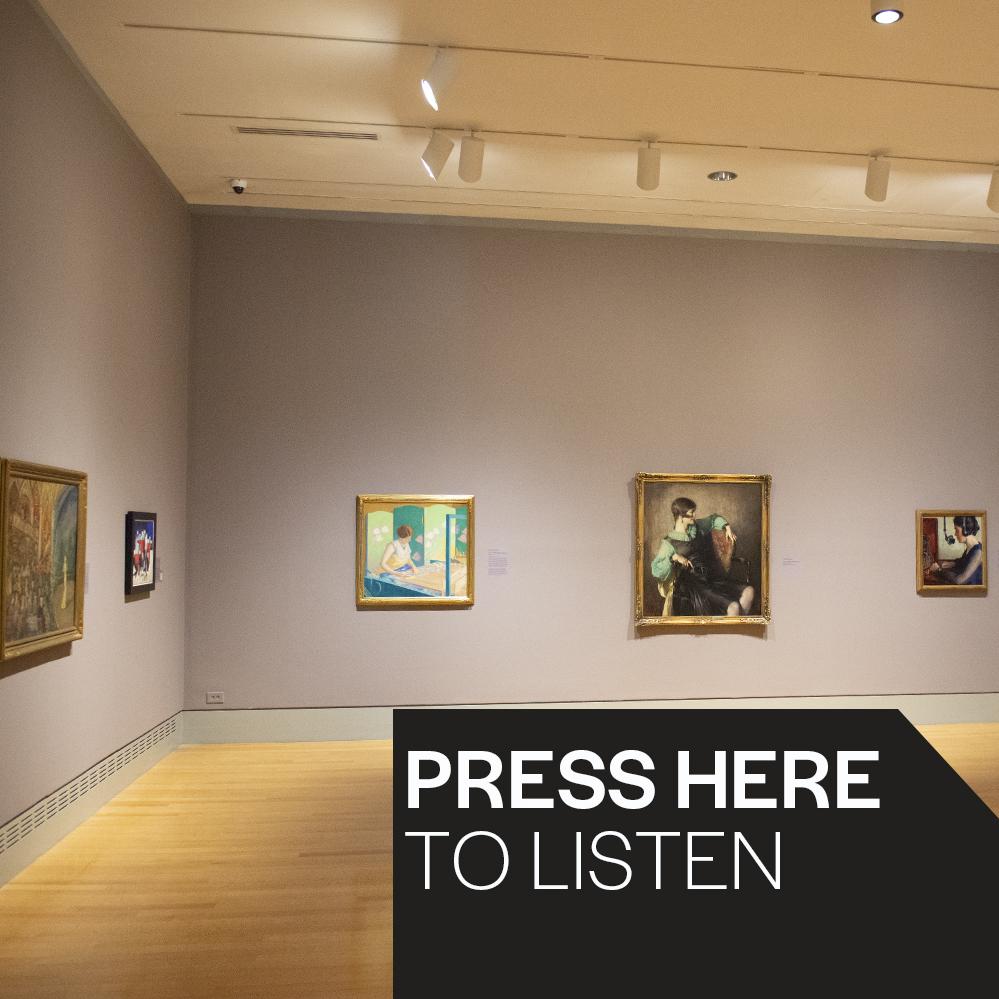
Stop 4
The Under World
Gallery 2
Democratizing Spaces
Senior Curator Michael Neumeister discusses how Samuel Woolf’s painting of a New York subway continues to remain relevant today.
Image: Samuel Woolf (American, 1880–1948). The Under World, c. 1909–1910. Oil on canvas. Virginia Museum of Fine Arts, Richmond Funds provided by a private Richmond foundation 95.101
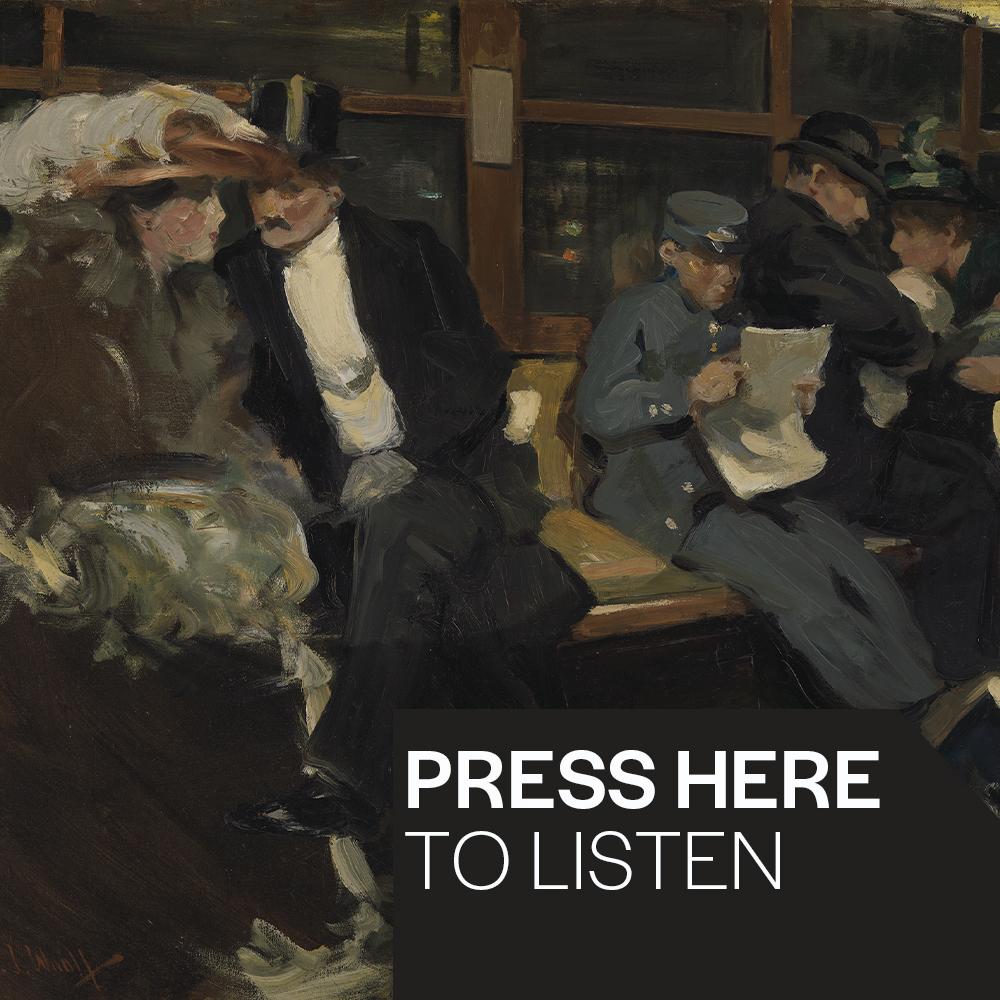
Interior of a New York Subway Car (2008)
Photograph by Kevin Harber. Attribution-NonCommercial-No Derivs (CC BY-NC-ND 2.0)
Stop 5
The Jam
Gallery 2
Roller Derby
Curatorial Assistant David Walls touches on this endurance event, which gained popularity during the early 20th century, and the economic factors that propelled its athletes.
Image: Albert Jean Camille (American, 1904–1991). The Jam, c. 1940s. Oil on canvas. Columbia Museum of Art Gift of Mr. and Mrs. Dwight H. Emanuelson 2018.10
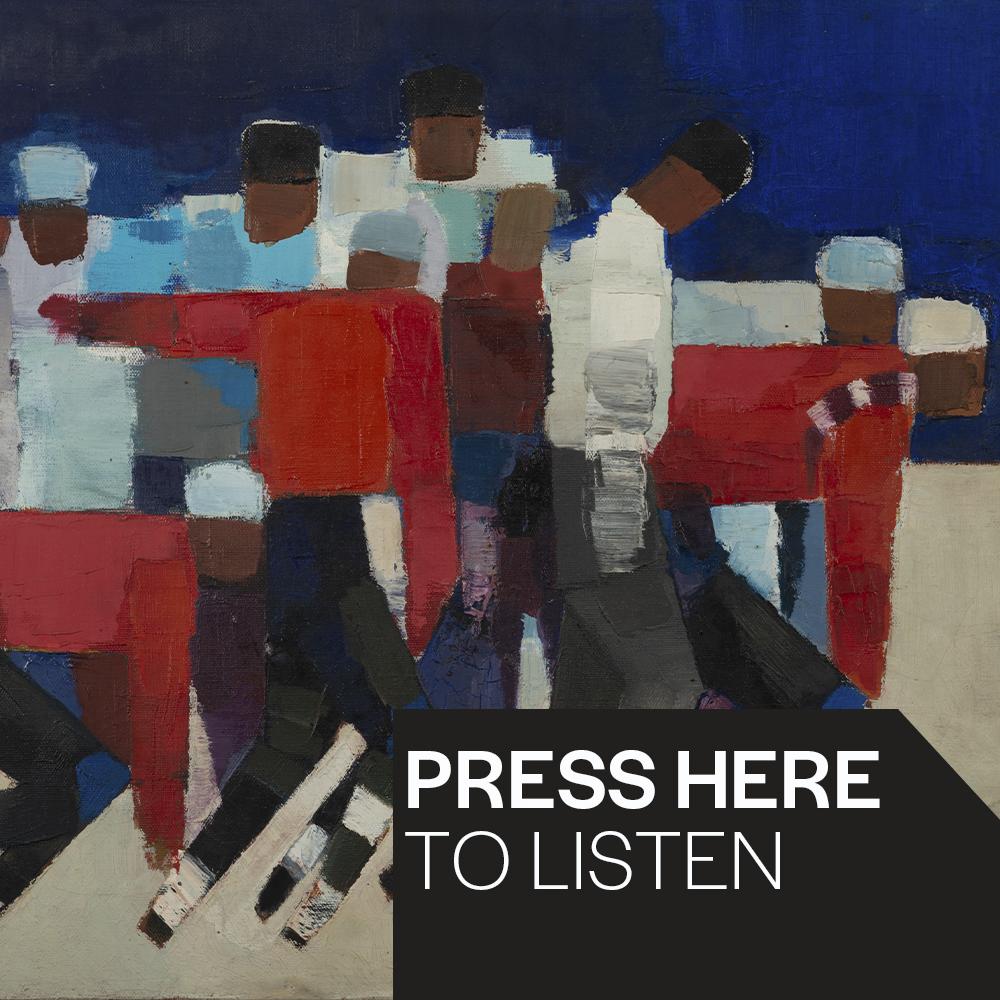
Archival Footage from The Fireball
Enjoy this short archival clip recorded during a roller derby bout in 1950. Via the RollerDerbyStars YouTube channel.
Stop 6
Woman Knitting
Gallery 2
The Road Less Traveled
Collection Specialist Noelle Rice describes how Anne Goldthwaite defied the expectations and social norms of her time to become an artist and activist in the suffragette movement.
Image: Anne Wilson Goldthwaite (American, 1869–1944). Woman Knitting, c. 1916–1918. Etching. Columbia Museum of Art Museum purchase, 1988.36.6
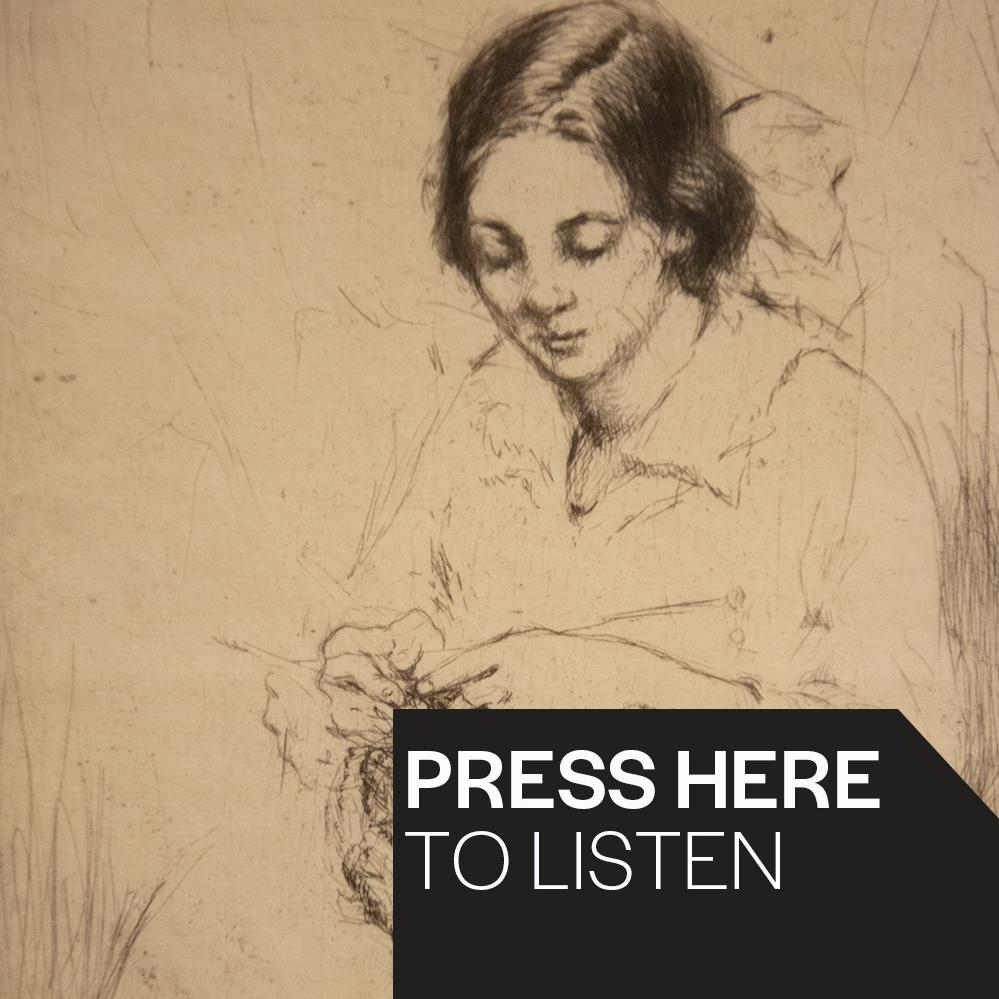
Stop 7
Objects and Personas
Gallery 3
Objects and Personas
Senior Curator Michael Neumeister talks about how the objects in this gallery reflect a social evolution in America during the transition from the Gilded Age.
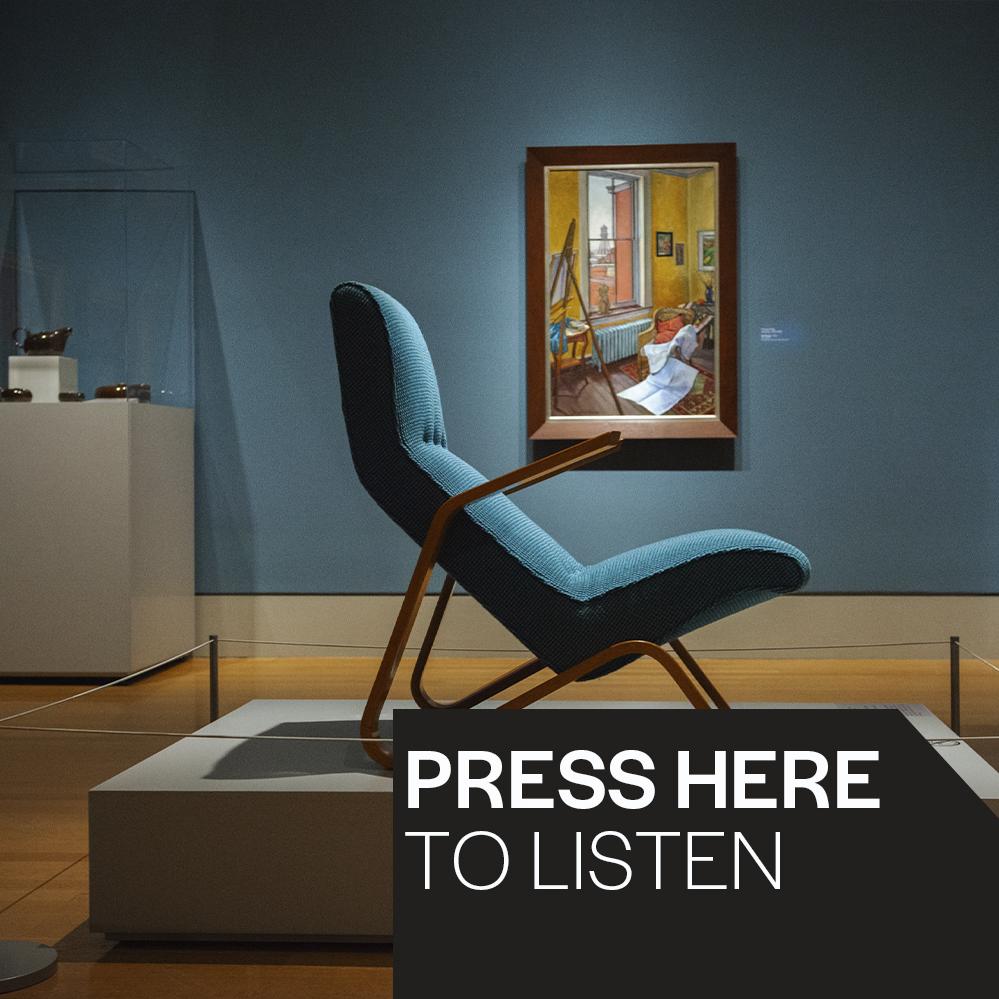
Stop 8
House and Garden Magazine
Gallery 3
Stop 9
The Life Class
Gallery 3
Energy Vibrating with Animated Tension
Senior Curator Michael Neumeister discusses George Bellows’ move from Ohio to New York to study under the American painter Robert Henri.
Image: George Bellows (American, 1882–1925). The Life Class, 1917. Lithograph, second stone.
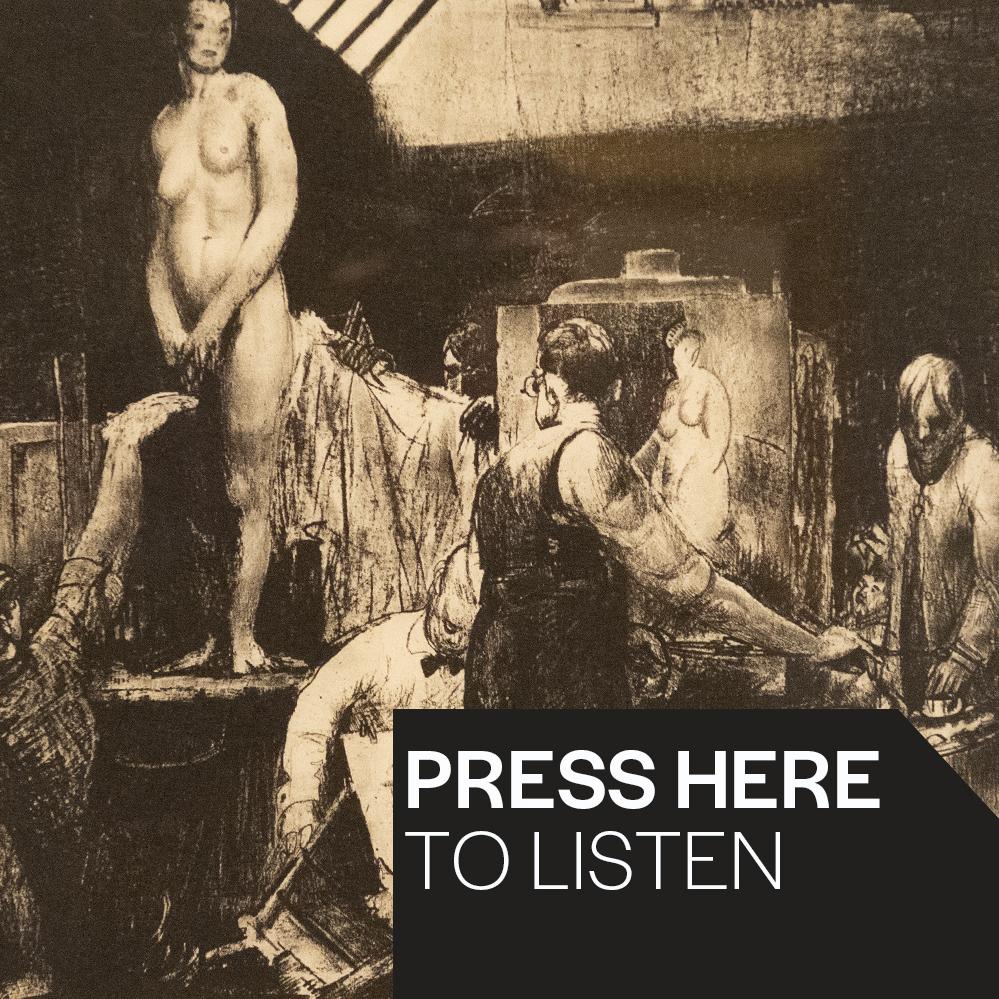
Mary Ann MacNamara, c. 1925
See this portrait painted by Bellows’ teacher, Robert Henri, in CMA Collection Gallery 9 (Portraiture, Genre, and Still Life).
Image: Robert Henri (American, 1865–1929). Mary Ann MacNamara, c. 1925. Oil on canvas.
Museum purchase with funds provided by Joyce Martin Hill in honor of her mother, Mrs. Harold T. Martin (Eloise Wright) CMA 2015.8
Stop 10
Faith, Family, and Community
Gallery 4
Faith, Family, and Community
Senior Curator Michael Neumeister explains how artists recorded the persistency of tradition during a time of great change.
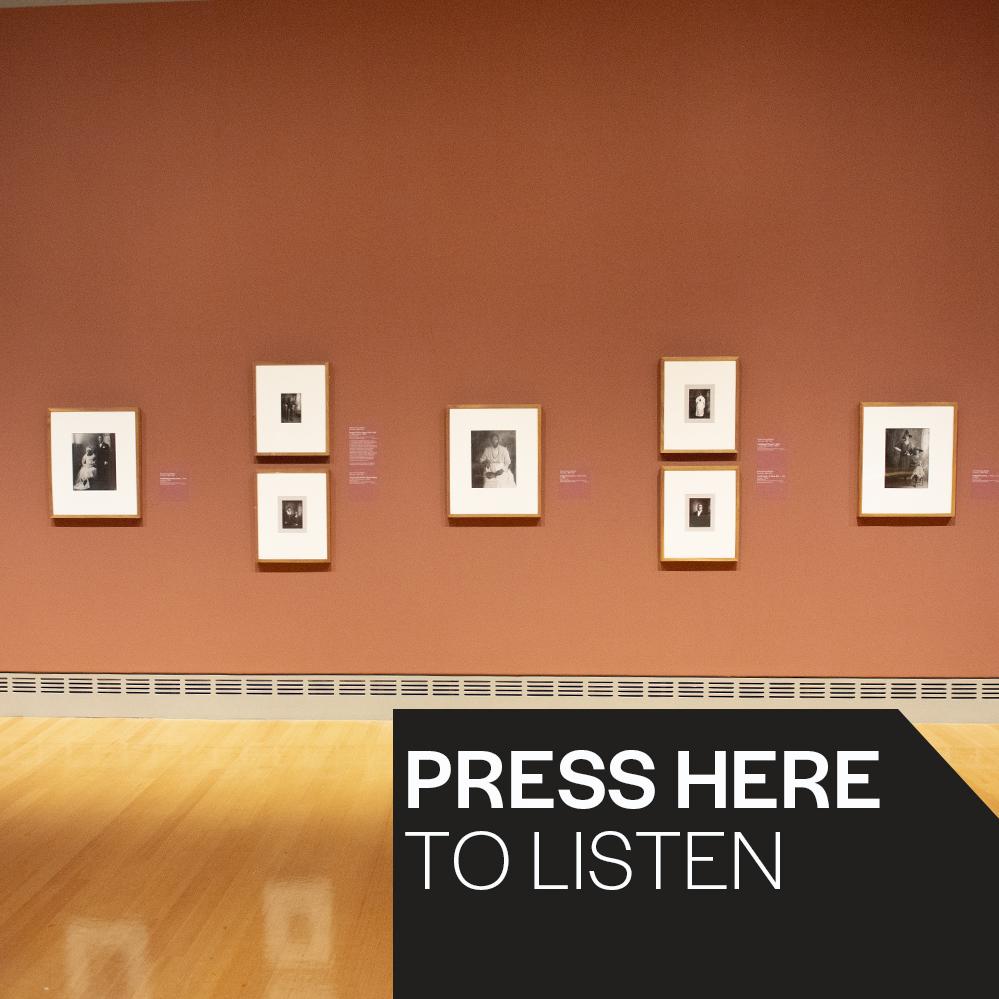
“Go Down Moses” recorded by the Tuskegee Institute Singers (1914)
.
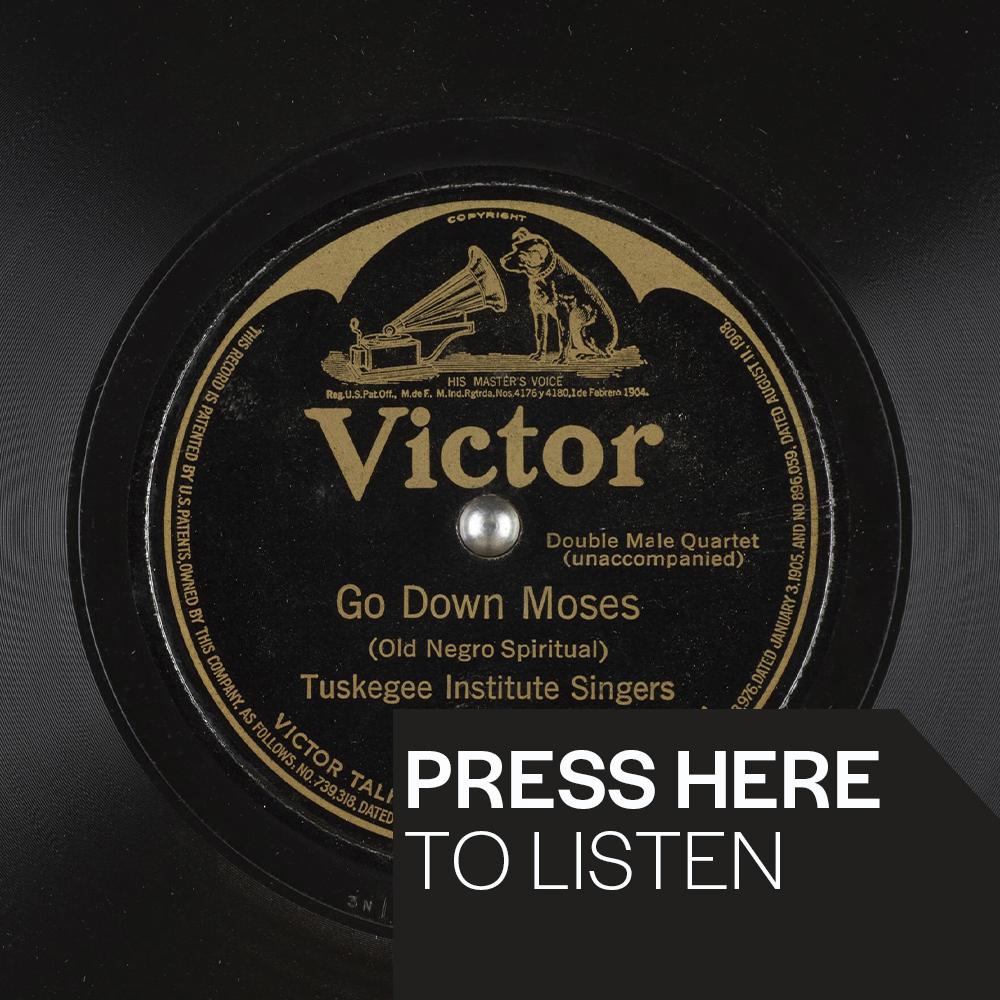
Exhibition Sponsors
Silver Sponsors
Hannah and Ron Rogers; Dr. Suzanne R. Thorpe and Dr. John W. Baynes
Bronze Sponsors
Councilwoman Allison Terracio, Richland County Council; Joyce and George Hill; William Bodine; Colonial Life
Friend Sponsors
Patron Sponsors
Haynsworth Sinkler Boyd; Suzi and Robert Clawson; Beth and Matthew Richardson; Barbara B. Boyd; Dr. and Mrs. Benjamin M. Gimarc; Joseph Bruce; Cool Care Heating, Air, Plumbing & Refrigeration; Prisma Health; Lefkowitz Plastic Surgery and Aesthetics
With additional support from The Nord Family Foundation
